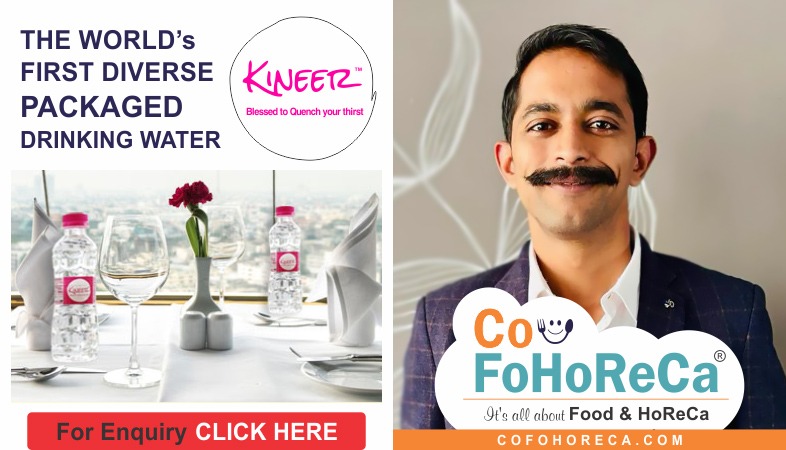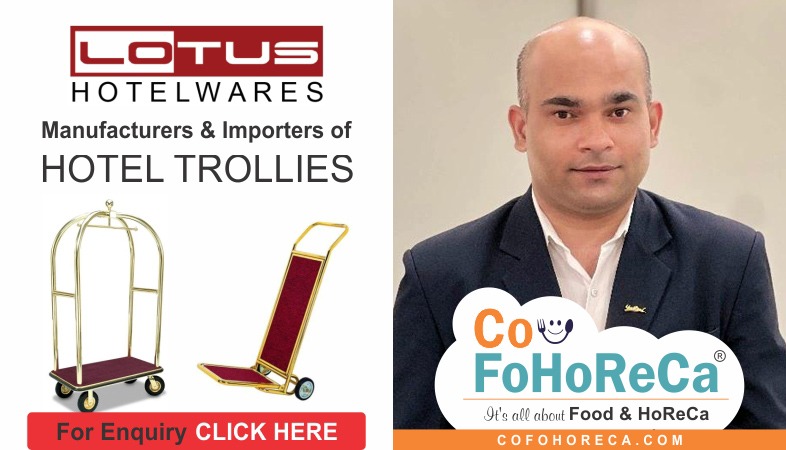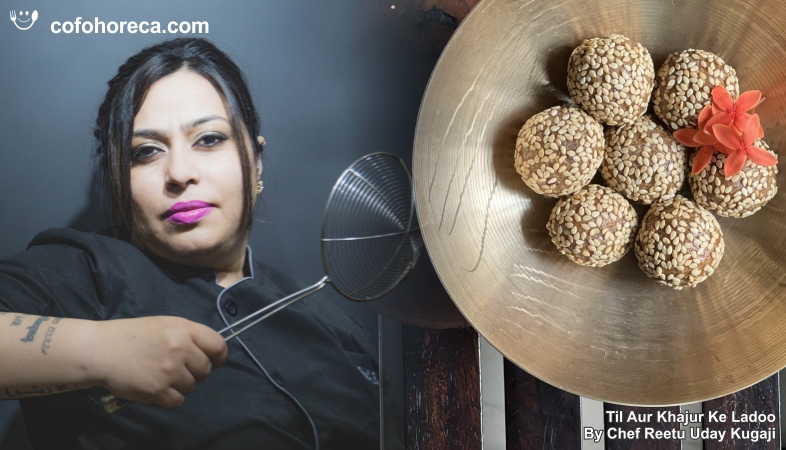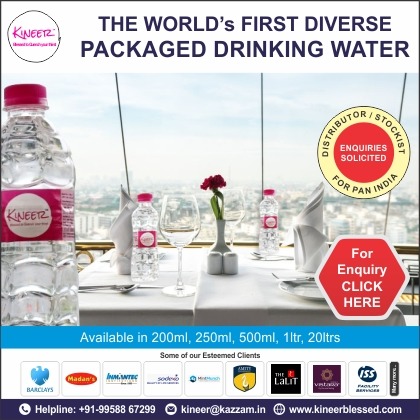SHARE
Commercials
More Posts
Jun 07, 2025
Paan - By Chef Sumant Sharma
Feb 11, 2025
Himachali Chana Madra - By Chef Reetu Uday Kugaji
May 20, 2025
Tips for Managing Stress in a Housekeeping Job
Mar 15, 2025
Rajesh Kumar Takes Charge as Unit Manager at Sodexo
Apr 20, 2025
Unique Hotel Services You Didn't Know Existed
Mar 13, 2025
Til Aur Khajur Ke Ladoo - By Chef Reetu Uday Kugaji
May 12, 2025
Avare Kalu Akki Roti - By Chef Bharath Bhushan C
Jun 07, 2025
Paan - By Chef Sumant Sharma
Feb 11, 2025
Himachali Chana Madra - By Chef Reetu Uday Kugaji
May 20, 2025
Tips for Managing Stress in a Housekeeping Job
Mar 15, 2025
Rajesh Kumar Takes Charge as Unit Manager at Sodexo
Apr 20, 2025
Unique Hotel Services You Didn't Know Existed
Mar 13, 2025
Til Aur Khajur Ke Ladoo - By Chef Reetu Uday Kugaji
May 12, 2025
Avare Kalu Akki Roti - By Chef Bharath Bhushan C
Jun 07, 2025
.png)



























